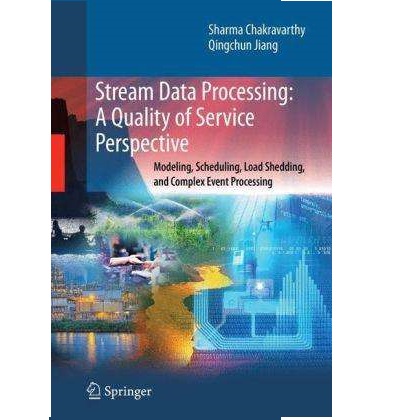Latency-sensitive and bandwidth-intensive stream processing applications are dominant traffic generators over the Internet network. A stream consists of a continuous sequence of data elements, which require processing in nearly real-time. To improve communication latency and reduce the network congestion, Fog computing complements the Cloud services by moving the computation towards the edge of the network. Unfortunately, the heterogeneity of the new Cloud-Fog continuum raises important challenges related to deploying and executing data stream applications. We explore in this work a two-sided stable matching model called Cloud-Fog to data stream application matching (CODA) for deploying a distributed application represented as a workflow of stream processing microservices on heterogeneous Cloud-Fog computing resources. In CODA, the application microservices rank the continuum resources based on their microservice stream processing time, while resources rank the stream processing microservices based on their residual bandwidth. A stable many-to-one matching algorithm assigns microservices to resources based on their mutual preferences, aiming to optimize the complete stream processing time on the application side, and the total streaming traffic on the resource side. We evaluate the CODA algorithm using simulated and real-world Cloud-Fog scenarios. We achieved 11 to 45% lower stream processing time and 1.3 to 20% lower streaming traffic compared to related state-of-the-art approaches.
翻译:长期性敏感和带宽密集的流处理应用程序是互联网网络的主要交通源。 流由一系列连续数据元素组成, 需要近实时处理。 为了改善通信延迟性并减少网络拥堵, 雾计算通过将计算方法移到网络边缘来补充云服务。 不幸的是, 新的云雾连续体的异质性带来了与部署和执行数据流应用程序相关的重大挑战。 我们在此工作中探索一个双向稳定匹配模型, 名为云雾与数据流应用匹配( CODA), 用于部署一个分布式应用程序, 代表着不同云雾计算资源的流处理微观服务的工作流程。 在 CODA 中, 应用微观服务根据其微服务流处理时间排列连续资源, 而资源则根据残余带宽对流处理微观服务进行排序。 稳定的多对一匹配算法根据其相互偏好, 将微观服务指派给资源, 目的是优化应用程序侧的完整流处理时间, 以及资源侧的总流流量流量流量。 我们用模拟和低流量数据流- 数据- 数据- 数据- 数据- 数据- 数据- 数据- 数据- 数据- 数据- 数据- 数据- 数据- 数据- 数据- 数据- 数据- 数据- 数据- 数据- 数据- 数据- 数据- 数据- 数据- 数据- 数据- 数据- 数据- 数据- 数据- 数据- 数据- 数据- 数据- 分析- 数据- 数据- 数据- 数据- 数据- 数据- 数据- 数据- 数据- 数据- 数据- 数据- 数据- 数据- 数据- 数据- 数据- 数据- 数据- 数据- 数据- 数据- 数据- 数据- 数据- 数据- 数据- 数据- 数据- 数据- 数据- 数据- 数据- 数据- 分析- 数据- 数据- 数据- 数据- 数据- 数据- 数据- 数据- 数据- 数据- 分析- 数据- 数据- 数据- 数据- 数据- 数据- 数据- 数据- 数据- 数据- 数据- 数据- 数据- 数据-




